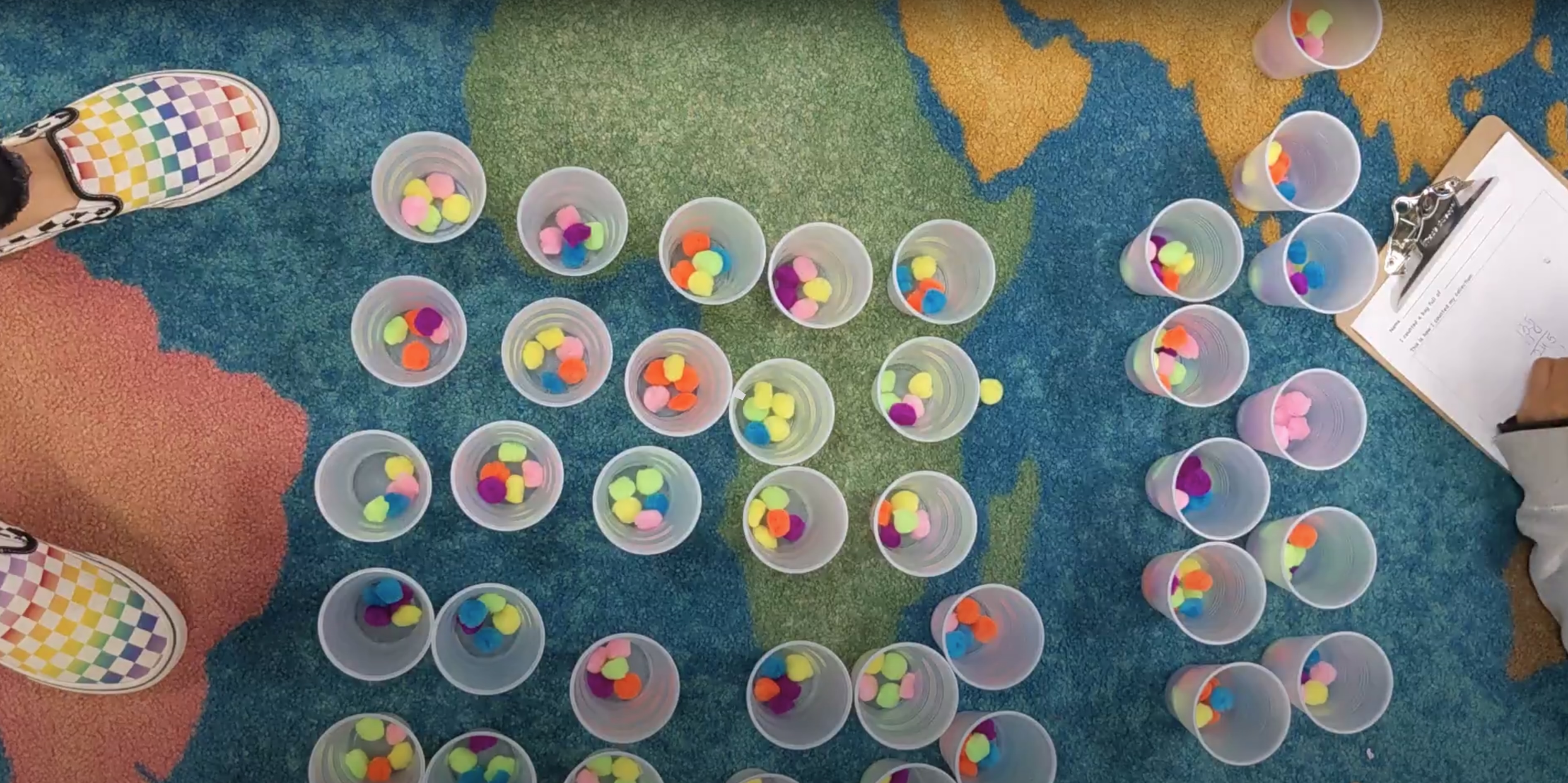On Saturday, 11/5/16 I did a presentation at PME-NA in Tucson about a research review I recently did on increasing the participation of students with LD in mathematical problem solving and discussion.
The basic idea is this: why is intervention in mathematics always focused on content. Could we also design intervention in participation?
When a learner is having difficulty in class, we assess that learner. We try to figure out what the learner knows, and what they don’t know. This is an assumption, however, about mathematical knowledge: that it exists independently in the brain, and those who know can recall it without assistance. It also assumes that we are focused on the content standards, rather than the practice standards. While understanding knowledge as individual, as memorized, is important for certain aspects of mathematics, it is not all of mathematics. Secondly, focusing on content as the basis of intervention focuses on the individual as the problem. But what about the classroom? Why didn’t the student “get it” the first time? Yes, we can “reteach” but perhaps we ought to take a closer look at what is happening in the classroom to make this content accessible, or not, to all learners.
In general, students with disabilities have less access to standards-based mathematics, since they all too often segregated from the general education population into self-contained classrooms. These separate classrooms tend to focus on more procedural mathematics (Jackson & Neel, 2006) and more basic content (Kurz et al., 2010).
In an article I wrote with Trisha Sugita, we looked at some studies of the engagement of students with learning disabilities (referring to specific learning disabilities, which includes dyslexia and dyscalculia) when these students are included in standards-based mathematics. In a study of the participation of students in a standards-based mathematics curriculum, students with LD did not participate in whole group mathematics discussion, and tended to focus on non-mathematical tasks such as materials management during small group work (Baxter, Olsen & Woodward, 2001). In another study, students with LD were called on fewer times than other students, and were less involved in small group work (Bottge, Heinrichs, Mehta, & Hung, 2002).
These studies suggest that just including kids with LD in standards-based mathematics is not enough. We need to deepen engagement and participation for these students. We found a small number of studies (n=7) that looked at the participation of students with LD in standards-based mathematics and found that particular teacher moves appeared to increase engagement and participation.
The design of curriculum may be critical. Students were supported in standards-based mathematics classrooms in which they were presented with tasks that offered multiple solution paths (Bottge et al., 2007; Foote & Lambert, 2011; Moscardini 2010). Students were supported by curriculum that was responsive to student thinking, so that teachers designed the tasks based not on a predesigned sequence but on the current understandings of their students (Carpenter et al., 1999/2014). Students were supported when mathematics curriculum provided multi-modal representations of content, and multiple ways of engaging in mathematical activity (Baxter et al., 2005; Bottge et al., 2007; Foote & Lambert, 2011).
These studies also suggested that teacher moves are critical in increasing student participation. While some studies documented significant differences in participation between students with LD and those who were not (Baxter et al., 2001; Bottge et al., 2002), there were classrooms in which participation was equalized (Foote & Lambert, 2011). In these classrooms, teachers supported student problem solving through strategies such as supporting student participation in discussion. Other strategies included rewording problems during problem-solving (Moscardini 2010) and supporting equity in small group work (Bottge et al., 2007). Teachers supported the equal participation of students with LD by giving equal status to presentations that included the notebook and manipulatives as supports (Foote & Lambert, 2011). Researchers noted that consistency in classroom routines may have increased the participation of students with LD.
Research in the mathematical learning of students with learning disabilities must focus attention on intervention in participation. This review included only a small number of studies that suggest a future direction for research in this area. Such research could provide a much needed focus on what learners who are labeled LD can do within standards-based mathematics, rather than what they cannot do. With increasing evidence that such students can construct effective strategies on their own (e.g. Peltenburg, Heuvel-Panhuizen, & Robitzsch, 2012), educators can no longer assume that standards-based mathematics will not work for these students based on perceived deficits. Nor can we assume that simply including students with learning disabilities in standards-based mathematics classrooms will lead to higher achievement. Instead, we must learn more about how to support all learners for full participation in standards- based mathematics classrooms. These supports are likely to be helpful for a wide range of learners, assisting teachers in making standards-based mathematics more equitable for all.
My favorite slide is this:


Leave a comment